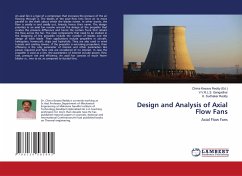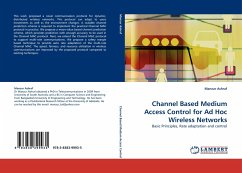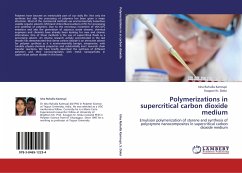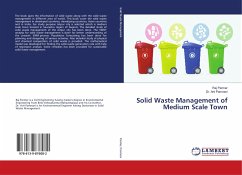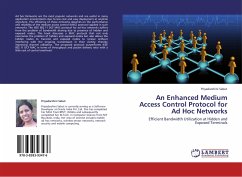In this project we have developed a parametric inversion algorithm to simultaneously determine the horizontal conductivities, vertical conductivities, bed boundary positions and dip angle from tri-axial induction logging data in anisotropic layered media. The inversion algorithm was first solved in an infinite homogeneous medium to obtain a good initial-guess model.The variance-based method was used to locate initial bed boundaries. The inversion problem has been solved by the method of least squares using the constrained Gauss-Newton minimization approach. Two globally convergent strategies based on a robust and efficient version of the Levenberg-Marquardt algorithm were implemented. The line-search algorithm was incorporated which guarantees a reduction in the cost function after each iteration.In the inversion algorithm a non-linear transformation has been incorporated to impose bounds on the unknown model parameters. To speed up the computation, the Jacobian was determined analytically for the whole space inversion. Boundary-merger routines were added to further accelerate the inversion procedure. The results show that the reconstructed model is consistent with the true model.

